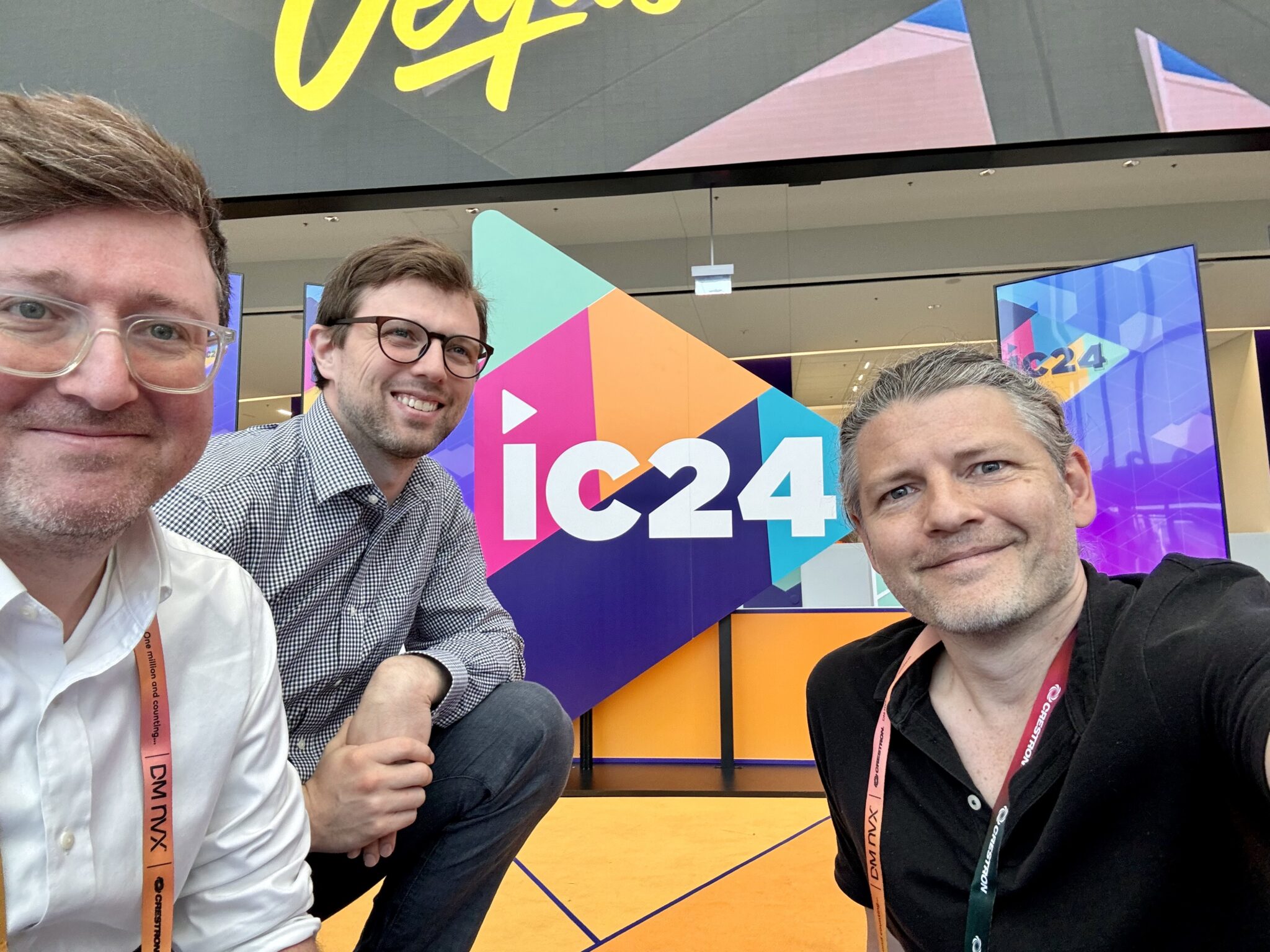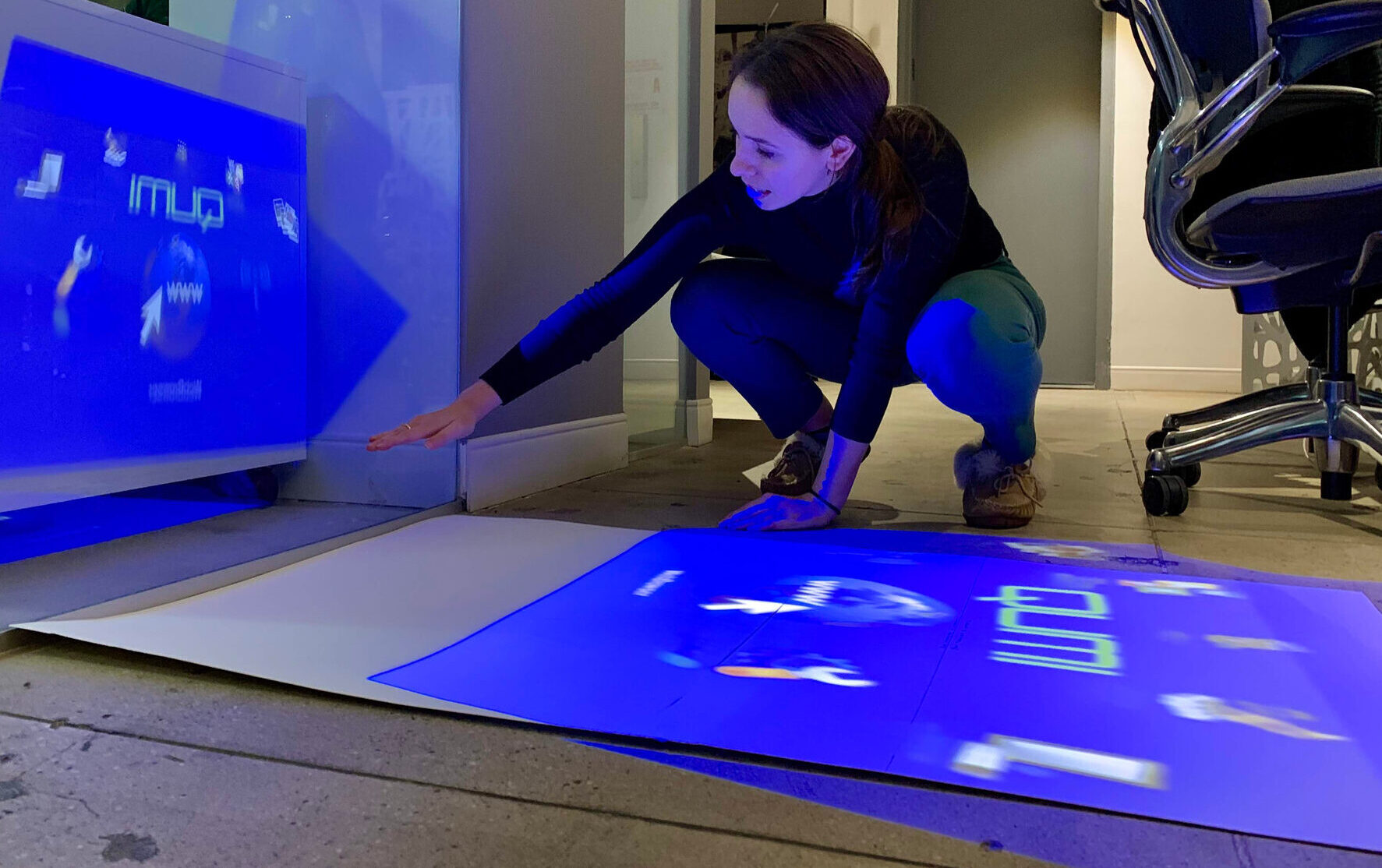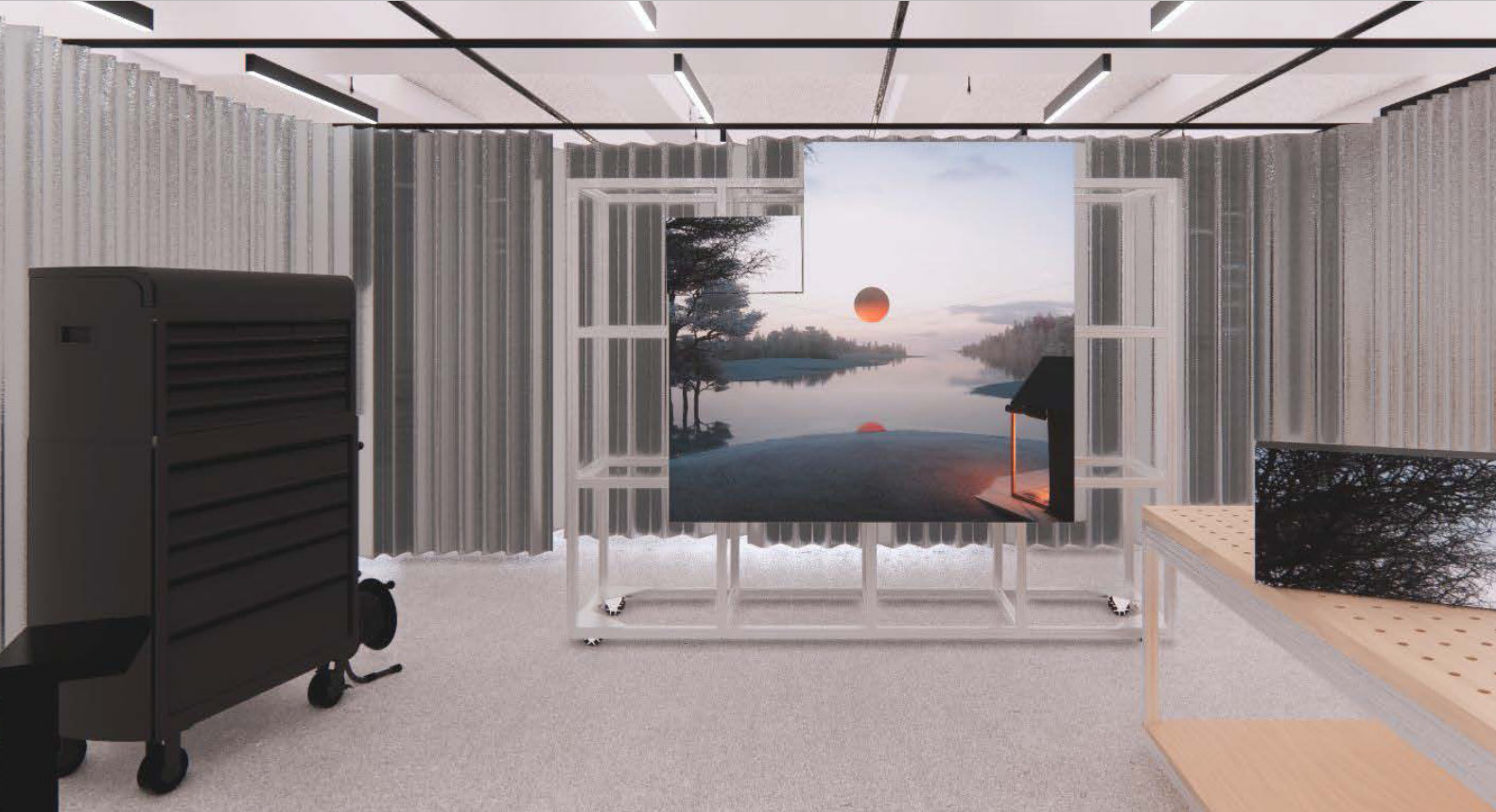The Problem
For several years, the AEC industry has been building towards a greener and more sustainable future. Standards like LEED, WELL, and the Living Building Challenge have been adopted and supported by industry professionals, clients, and governments. Unfortunately, within the audiovisual sector, these standards fall short along two key points. First, they fail to accurately account for the impact this specialized technology has on the space, and second, they fall short of holding corporations accountable for the duration of the technology’s lifetime.
The impact of technology on space
As the popularity of the internet of things increases and spaces become more technology-focused, the amount of energy spent on AV and IT equipment in these spaces rises exponentially. The existing standards we have, such as LEED, rely on having low-energy equivalents (i.e. EnergyStar Ratings) for each category of technology. At this time, most AV and IT products (exempting displays and audio amps) do not have low-energy equivalents. This leaves entire categories of AV equipment (e.g., direct-view LED, video-wall processing, broadcast equipment) outside of the calculations for LEED status and eliminates competition for manufacturers to significantly reduce the energy usage of their products. While there are a few notable exceptions, we must advocate for the adoption of a standard, be it EnergyStar or something more tailored to our industry, that can contribute to a sustainability standard and promote real change within the manufacturing process.
In our current sustainability standards, the AV and IT designs contribute to the building’s overall power consumption. For this reason, we should be looking to use the most efficient products available, to ensure our projects attain the highest status available within the current standards. We should also consider the knock-on effects of lowering the energy consumption of AV and IT for mechanical and other building systems. However, while we can design for a lower energy future, once the building is handed over to the client there is no accounting for now much of that available energy is actually being used. If five years down the road, a decision is made to add a second monitor to each workstation, the overall power available in the building may not change, but the user’s usage doubles. With technology development at about a five-year lifecycle, the turnover could happen three to four times before a new construction project re-evaluates the LEED status. A sustainability standard that is designed with the impact of technology in mind will take into account actual energy usage over the lifetime of the space.
Unlike the requirements for building materials such as stone and steel, there are no requirements for the sourcing of the technology. Where the technology comes from, and what the end-of-life plan for outdated or depreciated equipment is, must be part of the sustainability standard. Beyond programs for e-waste recycling, we can encourage ways to alleviate issues such as habitat destruction, child labor, and supply-chain disruptions that are endemic to the current procurement process of technological equipment. There are many potential solutions to be explored, like promoting local manufacturing, technology second-life programs for our public schools, and “right to repair” bills that are progressing in some state legislatures.
Holding end-users accountable
Many client’s today have green goals, trying to reach “net-zero by 2030” for example, but what is missing from these initiatives is a mechanism for accountability that stakeholders can compare when deciding where to invest. Given our place in the AEC industry, AV/IT consultants are best positioned to create an automated system for measuring and tracking these goals. We already have monitoring tools to track lighting, water, and heating/cooling levels, and we are ready apply those tools to AV on a global scale. We can use AI and machine learning to create feedback loops that enforce more sustainable usage of our equipment. This same data can be collected and compared at regular intervals to create AV sustainability rankings that adjust over time. Becoming the “Most Sustainable Company in AV” could be a medal of honor awarded annually to the industry’s top achievers.

Corporate Technology Sustainability Compliance Standards
The goal is to create a new standard that can appropriately deal with the specialty of AV and IT. We are calling it Corporate Technology Sustainability Compliance (CTSC), for now. And, we are looking for partners to create a system by which end-user companies, the AEC industry, and local governing authorities can ensure they are making the “right” choices when it comes to technology systems and equipment selection. The outcome will be measurable reductions in waste and power usage, while streamlining operations, and reducing costs.
TAD specializes in the design of spaces where technology and people intersect. Our multidisciplinary approach gives us the unique tools to develop design criteria and strategic systems that reduce the human impact technology has on our environment.
We are actively looking for partners in the following industries to work with us on this effort:
- Designers & Consultants
- Contractors & Integrators
- Manufacturers
- End-Users
- Governing Authorities
If you are interested in taking part in making the AV and IT industries more eco-friendly or if you are interested in creating a sustainable program for your corporation reach out to our strategy team, here.






